Author: Cynthia Santos, MD (Senior Medical Toxicology Fellow, Emory University School of Medicine) // Edited by: Alex Koyfman, MD (@EMHighAK, EM Attending Physician, UTSW / Parkland Memorial Hospital) and Brit Long, MD (@long_brit)
Case presentation:
25-year-old M brought in by EMS after being found not breathing, pupils are pinpoint. HR 61, BP 109/40, RR 6, T98, O2 Sat 70% RA. You ask for Narcan (Naloxone).
Question:
What dose Narcan should you give?
Pearl:
Start with small doses, i.e. 0.04 mg, and not the standard dose of 0.4 mg IV/IM.
- The use of copious amounts of naloxone can precipitate opioid withdrawal.
- Precipitated opioid withdrawal to an opioid-dependent person does not only cause patient distress and complicate care, but it can be life threatening.
- Patients with precipitated opioid withdrawal (unlike regular opioid withdrawal) are at risk of seizures and arrhythmias.
- The often referenced ‘standard dose’ and the dose usually given by EMS is 0.4 mg via the IV or IM route.
- Although this ‘standard dose’ will reverse opioid-induced respiratory depressant effects in non-opioid-dependent patients, it can precipitate withdrawal in opioid-dependent persons.
- Life-threatening complications like tonic-clonic seizure, and significant hypotension have occurred with IV/IM doses of 0.2 mg – 1.2 mg.[1, 2, 3]
- Although severe life-threatening reactions after naloxone administration are relatively rare, it usually occurs when the ‘standard’ naloxone dose of 0.4mg IV/IM is given.
Main Point:
Naloxone can be lifesaving. However, given the high prevalence of opioid addiction and the rare but potentially dangerous complication of precipitated opioid withdrawal, the use of initial small escalating doses of naloxone can avoid the development of precipitated opioid withdrawal. An appropriate strategy is to start with 0.04 mg and titrate up every 2-3 minutes as needed for ventilation to 0.5 mg, 2 mg, 5 mg, up to a maximum of 10-15 mg.[4, 5]
References
- Buajordet I., Næss A., Jacobsen D., Brørs O. Adverse events after naloxone treatment of episodes of suspected acute opioid overdose. Eur J Emerg Med. 2004;11: 19–23.
- Osterwalder J. Naloxone – for intoxications with intravenous heroin and heroin mixtures – harmless of hazardous? A prospective clinical study. Clin Toxicol. 1996;34: 409–416.
- Yealy DM, Paris PM, Kaplan RM, Heller MB, Marini SE. The safety of prehospital naloxone administration by paramedics. Ann Emerg Med. 1990; 19(8): 902-5.
- Boyer EW: Management of opioid analgesic overdose. N Engl J Med. 2012; 367:146-155).
- Kim HK, Nelson LS. Reversal of Opioid-Induced Ventilatory Depression Using Low-Dose Naloxone (0.04 mg): a Case Series. J Med Toxicol. 2016; 12(1):107-10.


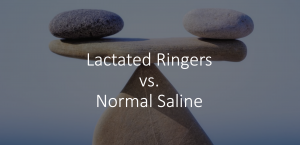
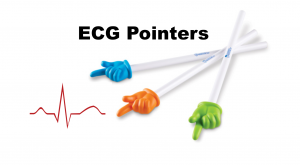


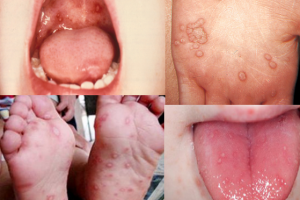
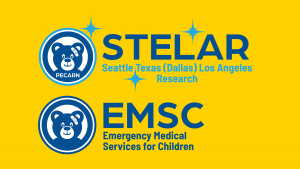
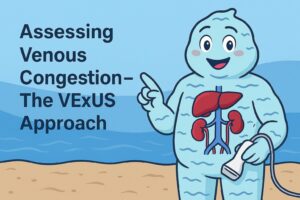

3 thoughts on “Tox Cards: Narcan (naloxone)”
Pingback: Tox Cards: Narcan (naloxone) – Global Intensive Care
Pingback: Intox – Opioider – Mind palace of an ER doc
Pingback: PODCAST: Altered Mental Status | האיגוד הישראלי לרפואה דחופה